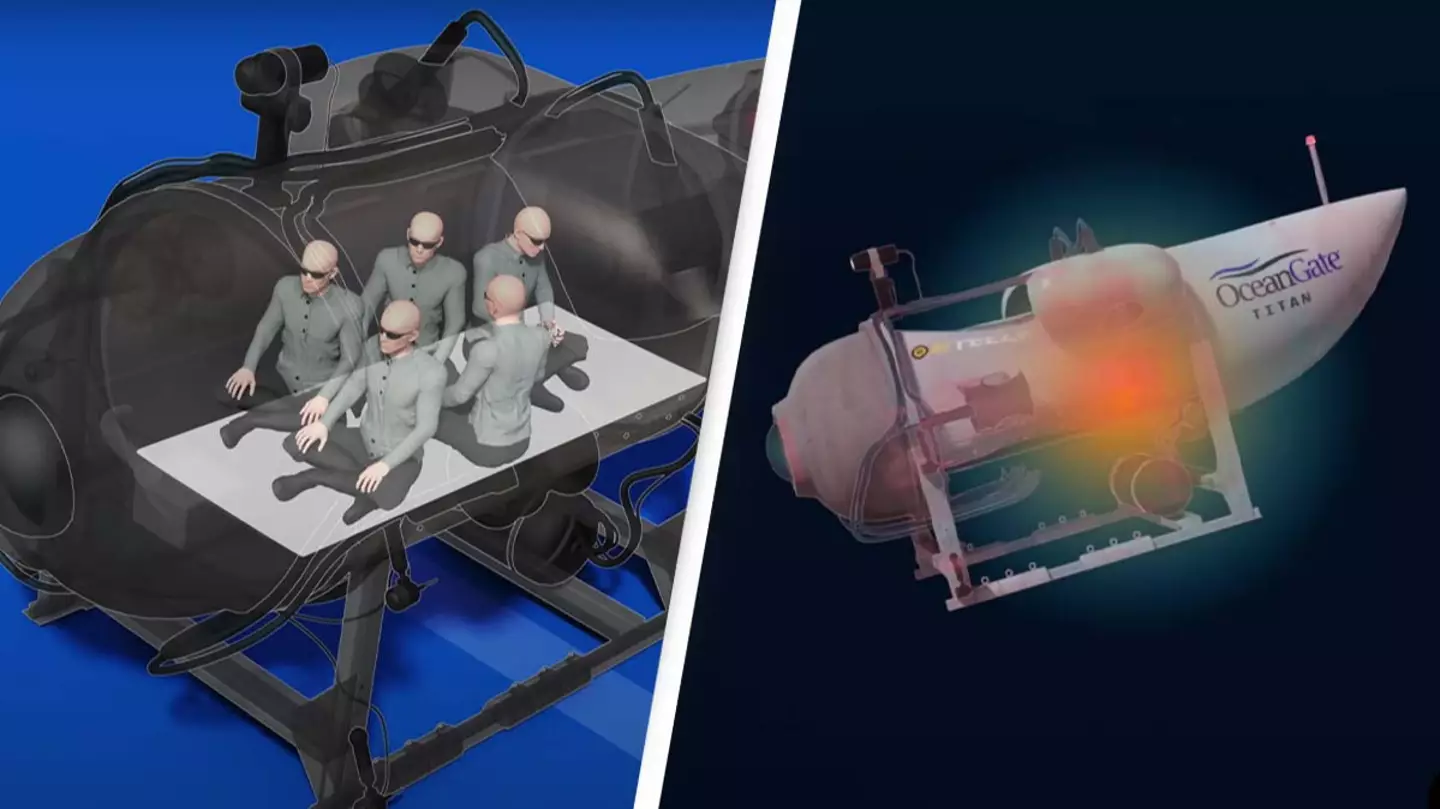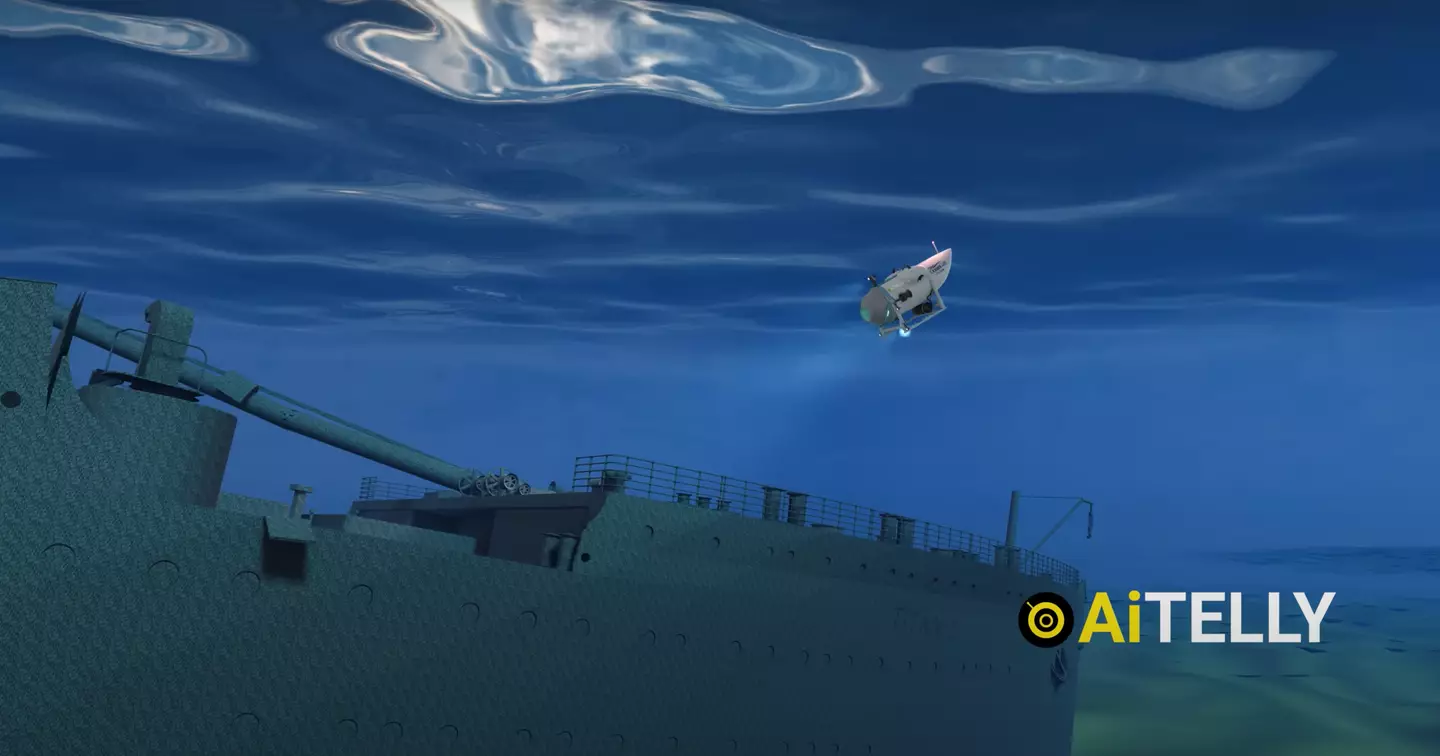
An animation explaining how the Titan sub imploded has reached over eight million views in just 13 days.
The US Coast Guard announced the 'catastrophic implosion' of the Titan vessel last month (22 June), after debris was discovered near the wreck of the Titanic off the coast of Newfoundland, Canada.
Since then, a whole load of simulations attempting to answer some questions have surfaced, with one animated video in particular taking the internet by storm after clocking up nearly 10 million views in less than two weeks since it was uploaded to YouTube.

The short clip - just a little over six minutes long - has gone viral after providing people with some further explanation on the situation.
Advert
Uploaded to the platform 13 days ago (30 June) by the channel, AiTelly, the video is titled: "Implosion Titan Oceangate How it Happened."
The vessel first lost contact with its mothership on 18 June before the 'catastrophic implosion' which ended up killing all five passengers on board.
Such passenger have since been identified as OceanGate CEO and co-founder Stockton Rush, British billionaire Hamish Harding, French diver/Titanic expert Paul-Henry Nargeolet, and father and son Shahzada and Suleman Dawood.

The YouTube video's description explains: "In the case of the Titan Submersible, the implosion was caused due to very high hydrostatic pressure of the surrounding water, which happen within a fraction of a millisecond, as shown in the animation.
Advert
"At the depth the Titanic rests, there is around 5600 pounds per square inch of pressure.
"That's almost 400 times the pressure we experience on the surface.
"As the submersible is deep in the ocean, it experiences the force on its surface due to the water pressure."
It continued to explain that when this external force, or high hydrostatic pressure, becomes 'larger than the force hull can withstand' the vessel 'implodes violently'.
Advert
Going into some more detail about how this implosion might have happened to the Titan sub, the channel notes: "Titan has had an experimental design.

"It used mostly carbon fibres, which have the advantage of being lighter than titanium or steel. The properties of carbon fibres for deep sea applications are, however, not that well understood. It can crack and break suddenly."
The force ultimately caused the OceanGate sub to crumple 'within a fraction of a millisecond', the narrator claimed.
Advert
The animation in question shows a 3D submersible, branded with OceanGate's logo, being crushed in on itself.
According to an AiTelly spokesperson, via NY Post, the animation was created using an open-source software called Blender.
The spokesperson also said that three team members are behind AiTelly.
Advert
Creating the video, the representative explained, took a gruelling 12 hours to do so by taking information and measurements posted about the sub on OceanGate’s website and Google and then plugging it into Blender’s 3D modelling software.
AiTelly 'released a first video and it was plagued with corrections', the representative told the outlet.
They added: "We then re-uploaded the video with the updated versions and corrections.
"The bottom line is that we’re not afraid to make mistakes and accept information from the audience - and our background as amateur engineers I think it might help."
Topics: News, Titanic, US News, World News, YouTube, Viral, Technology
